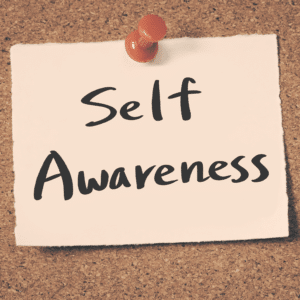概要
教師として、私たちはクラスの生徒に目標を設定することの価値を知っています。生徒が自分自身だけでなく他の人にも目標を設定できるようにしたいのです。それは、生徒が自分自身と他の人の長所と短所を認識するのに役立つからです。目標を設定することで、生徒は最も必要なとき、つまり目標を達成するのが難しいときや、予想よりも時間がかかるときに、自分自身をやる気にさせることができます。生徒はまた、学年を通して他の取り組み(スポーツチームなど)を考慮した現実的なタイムラインと実行可能な計画で効果的な目標を設定する方法を学びます。目標は生徒が潜在能力を発揮するのに役立ちます。
If you’re like me, you want your students to succeed. You want them to reach their full potential and achieve things they never thought possible. You want them to be happy and healthy in a world that’s constantly telling us we need more money or more fame or more stuff. As teachers and parents, we can help our kids by setting goals for them–and then helping them achieve those goals! Goals help students set direction and focus their efforts on specific outcomes instead of aimlessly drifting through life without any idea where they’re going or what they want from life (which seems like such an easy trap for young people). Goals can also be motivating because once we have something concrete in mind, it becomes easier for us to take action toward reaching that goal than if we don’t have anything specific in mind at all目標は、生徒が方向性と焦点を設定するのに役立ちます。
目標を設定することは、学習プロセスの重要な部分です。目標がなければ、学生は毎日目にする情報の海に迷い、自分の教育や将来のキャリアがどのようなものになるかを見失う可能性があります。目標は、学生が方向性と焦点を設定し、困難な状況でも軌道に乗り、困難な時期にモチベーションを維持し、自分の価値観に合った決定を下すのに役立ちます。目標はやる気を起こさせるものです。
Motivation is an important part of achieving goals. When students are motivated to do something, they tend to do it better and more often. For example, if you have a goal of getting good grades in school, motivation could make all the difference between finishing that term paper on time or procrastinating until the last minute and then having to spend hours working on it at 2 in the morning before class starts! Motivating goals can take many forms:- 報酬または罰(例:「今週の数学のテストで A を取ったら、今週末に友達と出かけます。」)。
- 個人的な価値観(例:「周りのみんなに誇りに思ってほしい」)。
- 長期的な報酬(例:「50 歳を超えて、Google や Apple などの大企業の会計士としての仕事を退職したとき…」)。
目標を設定すると、生徒は自分自身と他人の長所と短所を認識するのに役立ちます。
Setting goals helps students acknowledge strengths and weaknesses, both their own and those of others. Students should set goals for themselves, as well as for others to achieve. This way, students can measure how well they are doing at achieving the goal and how close they are to completing it. This will allow them to adjust their efforts accordingly so that they do not waste time on tasks that don’t lead anywhere or do not help them reach their ultimate destination in life.生徒は自分自身と他の人が達成すべき目標を設定できます。
SMART メソッドを使用して、自分自身や他の生徒が達成すべき目標を設定することもできます。これは、グループ プロジェクトや、クラスメートと協力して何かに取り組む必要がある課題など、生徒同士で目標を設定したい場合に特に便利です。- 具体的: 目標が正確に何であるかを明確にする必要があります。そうすることで、全員が何を目指して取り組んでいるのかがわかり、理解に問題がなくなり (混乱もなくなります) ます。また、時間が経っても変わらないほど具体的である必要があります。可能であれば、目標を達成したら何が起こるかを正確に書き出すようにしてください (例: この日までに X のことをした場合)。そうすれば、間違いが起こる余地が少なくなります。
- 測定可能: 目標達成に向けてどれだけの進捗があったかで、目標が成功したかどうかがわかります。したがって、成功と失敗を測定できる明確な基準があることが重要です (最終結果に到達するまでに何ステップを踏んだかなど)。例: 「私は、息子/娘/学生/友人の Bobbie Sue Jones Jr./Jr. を養子に迎えたいと考えています。彼は今日、東部標準時 (EST) の午前 13 時 11 分に 01 歳になり、現在は 123 Main Street Apt B4C Lexington Kentucky 40507 USA に住んでいますが、2020 年以内に西のカリフォルニアに引っ越す予定です。」









